Facts
Top 10 Least Corrupt Countries In The World

Corruption is described as someone in power acting dishonestly or fraudulently. When it comes to national corruption, the government or other national leaders are corrupt, receiving bribes, indulging in fraud, and deceiving the people of the country.
Unfortunately, low-income countries have a higher rate of corruption. In many countries around the world, this is a sad reality. While there is no specific way to assess corruption in a country, a variety of studies, reports, and other data can be utilized to establish where it is most and least widespread.
The Corruption Perceptions Index, produced by Transparency International, is one of the finest indicators of corruption around the world. 180 nations were assessed and given a score of 100 based on their perceived levels of public sector corruption in this research. The countries with the highest scores were deemed the least corrupt.
Here are the top 10 least corrupt countries in the world.
Denmark
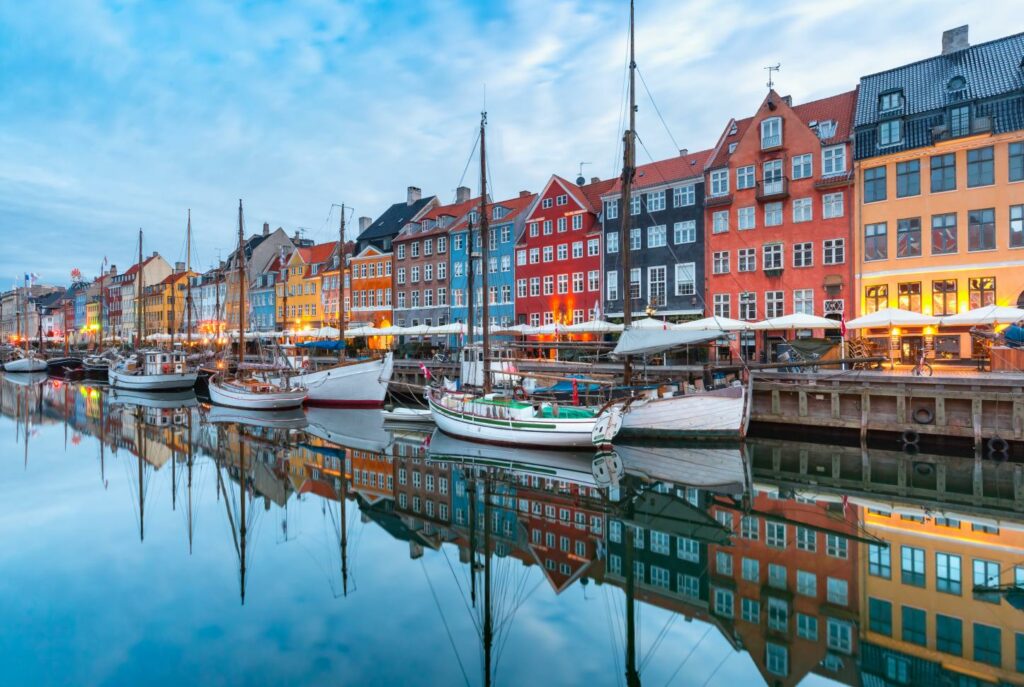
Denmark
Denmark’s economy is dominated by the services industry, which employs 80% of the population. The people who live there have excellent living standards, with the tenth-highest per capita income in the world and relatively low economic inequality.
Even though the services sector employs the majority of the workforce, trade accounts for half of the country’s GDP. Denmark has no minimum wage and has a lower unemployment rate than the majority of EU countries.
Denmark’s government follows the Nordic model, which includes high international taxes and high amounts of government spending. The Danish government is structured as a constitutional monarchy, with the Monarch wielding both executive and legislative authority.
The parliament, on the other hand, is independent. The queen appoints the cabinet in the executive branch, but the parliament, known as the Folketing, which has greater power than any other parliament in the EU, monitors, and balances all executive acts. Both the Folketing and the monarch are fully separate from the Danish judiciary.
Read More: Top 10 astonishing miracles in the world
New Zealand

New Zealand
New Zealand’s government is a constitutional, hereditary monarchy with a unitary parliamentary representative democracy. While the Prime Minister is the most important person in day-to-day government, New Zealand’s monarch, the British King or Queen, is above them in the constitutional structure.
As a result, Queen Elizabeth II is New Zealand’s present Head of State. The Queen and the House of Representatives share legislative authority. The Governor-General of New Zealand fills in for the Queen when she is not physically present. The people have more executive power, and ministers for the House of Representatives are democratically elected.
Read More: Top 11 largest countries in the world
Sweden
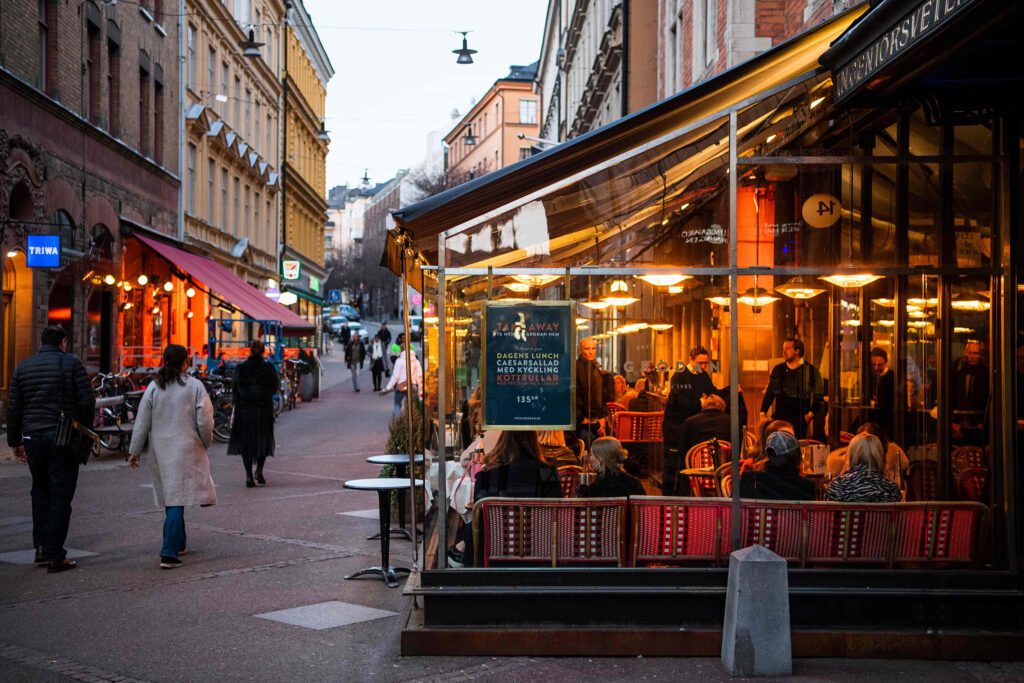
Sweden
Sweden was rated 14th in the world in terms of life expectancy in 2013 according to WHO (World Health Organization) estimates. Italy, Singapore, Iceland, Andorra, Australia, Spain, Qatar, Israel, Monaco, France, Canada, and Luxembourg are among the countries that share this place with Sweden, according to WHO.
Sweden has a high quality of life, with a 9.1 out of 10 total life satisfaction rating. Sweden is also ranked ninth out of all countries in the 2018 World Happiness Report, with a score of 7.314. Access to clean drinking water and improved sanitation facilities are also important variables to consider when assessing the quality of life.
Both of these figures are over 99 percent, which is a much greater percentage than many other countries. In terms of healthcare, there are around 4 professional physicians per 1,000 residents, as well as 2.4 beds per 1,000 people. The financing of healthcare in the country consumes 11.9 percent of the country’s GDP.
Read More: Top 10 most corrupt countries in the world
Switzerland
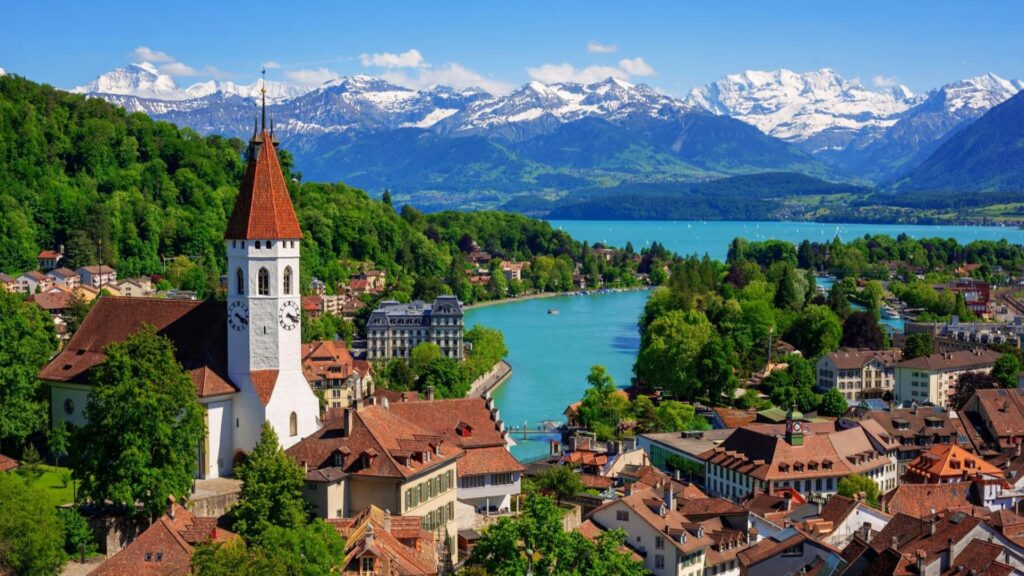
Switzerland
Switzerland’s borders, as well as its neutrality and independence, were established following the Napoleonic Wars at the Congress of Vienna in 1815 and were reaffirmed by the Treaty of Versailles in 1920. Switzerland’s population has never swung considerably in any direction, which is likely attributable to the country’s political policies.
In terms of life expectancy, the Swiss Federal Statistics Office reported in 2008 that the total figure was one of the highest in the world, at 82.1 years, with males living 79.7 years and women living 84.4 years. As of 2017, the figure had climbed to 82.6, with a split of 80.3 for males and 85.1 for females.
According to the World Happiness Report, Switzerland is the 5th happiest country in the world as of 2018. For general contentment in their lives, the occupants awarded their residence a 7.487 out of ten ratings. This research takes into account a wide range of characteristics, including GDP per capita, social support, healthy life expectancy, and more.
Singapore

Singapore
The government is in charge. Singapore is a parliamentary representative democratic republic, which means it has a president who serves as the country’s head of state, as well as a prime minister who oversees the government and the multi-party system.
Since 1965, when Singapore gained independence from Malaysia, it has had its constitution, which the Nation Assembly has the right to alter. The prime minister, president, and Cabinet make up the executive branch.
Singapore has a single-chambered parliament that makes laws and amends them, as well as overseeing the prime minister’s cabinet. The Supreme Court is the highest judicial office in the judicial branch, consisting of both a High Court and a Court of Appeal.
Finland
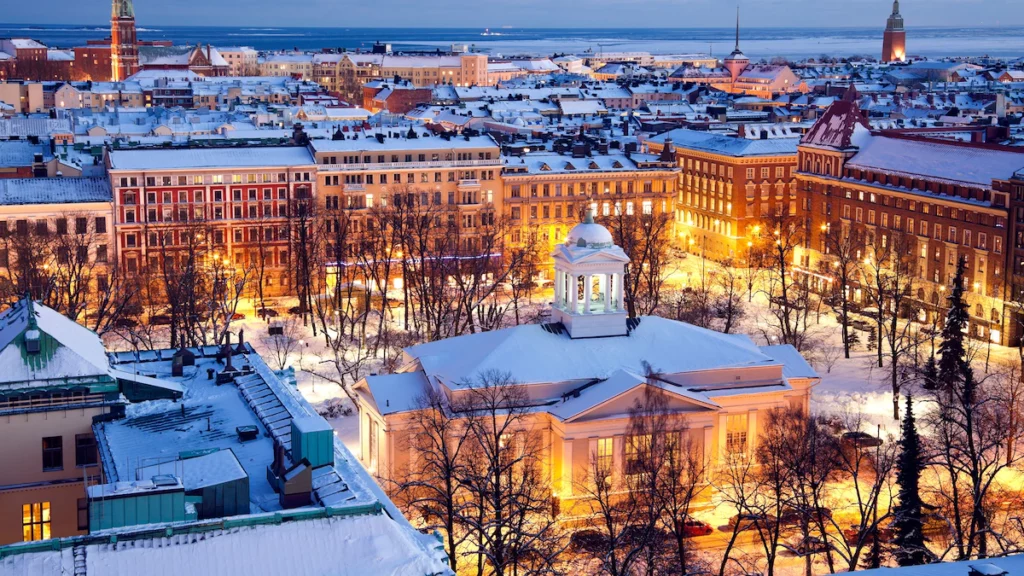
Finland
According to the World Happiness Report, Finland is the happiest country in the world, with a happiness score of 7.632. GDP per capita, social support, healthy life expectancy, freedom to make life choices, generosity, and perceptions of corruption are all aspects included in this research.
Finland’s political system is a parliamentary republic with 317 municipalities. The president is the state’s and the multi-party system’s leader. The people elect the parliament, the president, and all members of the government. The Council of State in Finland’s central government is made up of the Prime Minister and eleven lesser-known ministries. Finland is further divided into six administrative areas, each with its administrative agency. There are 27 district courts, six courts of appeals, and six regional administrative courts in the judicial branch.
Norway

Norway
Netherlands
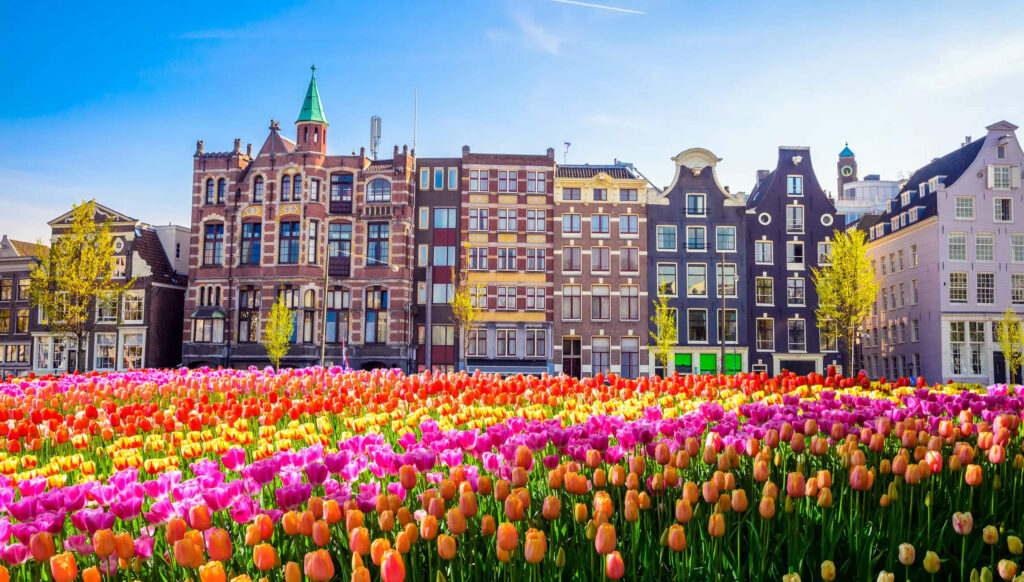
Netherlands
The Netherlands has a very strong economy, ranking 18th in the world, which is quite outstanding for a country with a population of only 17 million people. The Netherlands supplies more than a quarter of the EU’s natural gas, and the business has been the country’s most successful since its discovery in 1959.
Their economy is well-known for its high GDP per capita ($48,860), low unemployment, and excellent foreign ties. There are a few elements to consider to acquire a better grasp of a country’s quality of life.
In terms of health, the healthcare sector accounts for 10.9 percent of the national GDP, resulting in a reasonable resource density of 3.48 physicians per 1,000 inhabitants and 4.7 hospital beds per 1,000 people in the population. Even though 100% of the population has access to safe drinking water, just 2.3 percent of the population has access to better sanitation. When it comes to literacy, 99 percent of the population over the age of 15 is literate, which is likely due in part to the education sector’s 5.5 percent GDP expenditure.
Germany
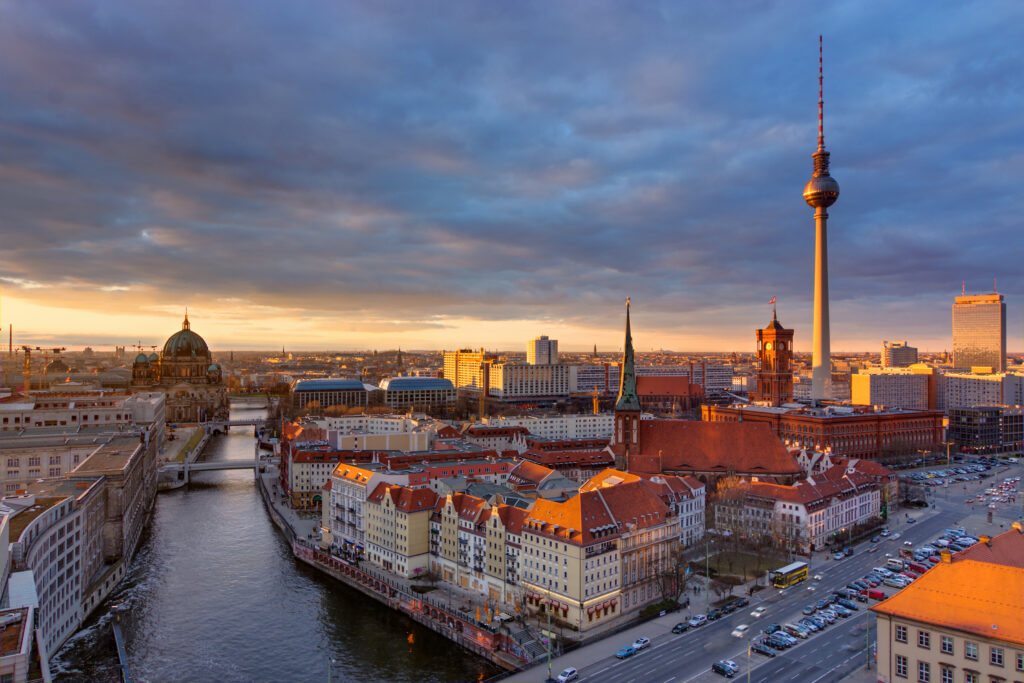
Germany
Germany has the highest percentage of immigrants in its population of any of the 27 European Union countries. Over 10 million people in Germany were born outside of the country, accounting for about 12% of the population. The majority of immigrants are from other European countries, including Turkey, Russia, Poland, and Italy. After the United States, Germany is the world’s second most popular immigration destination.
Over the last fifty years, the German government has been eager to encourage immigration, partly to address longer-term demographic issues in Germany, such as its low birth rate, and partly to meet short-term labor shortages.
Luxembourg
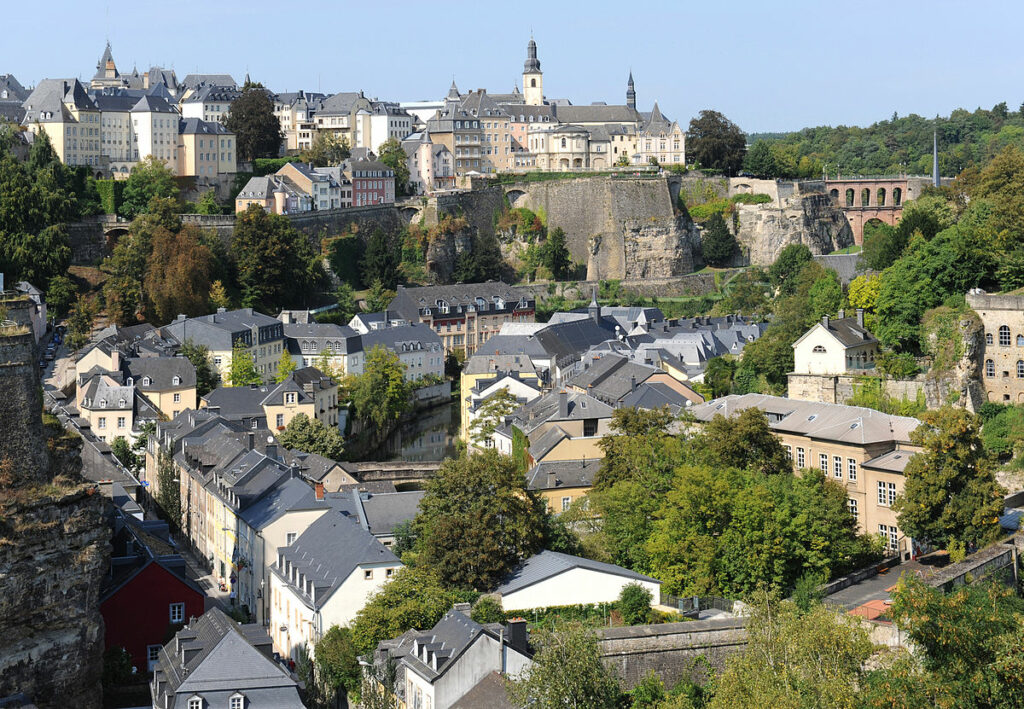
Luxembourg
Luxembourg has a market economy with a high level of income. Unemployment and inflation are low, and the economy is growing slowly but steadily, with a high level of innovation. Luxembourg is one of the world’s wealthiest countries, with a per capita GDP of $119,719 USD.
Luxembourg is governed by a parliamentary representative democratic monarchy, with the prime minister serving as the head of state. Luxembourg’s constitution was adopted on October 17, 1868. The Grand Duke and his cabinet have executive power, while the Chamber of Deputies, a legislature of 60 members elected for five-year terms, has legislative power. Within the governing dynasty, the Grand Duke, or Duchess, appoints the prime minister and deputy prime minister.


